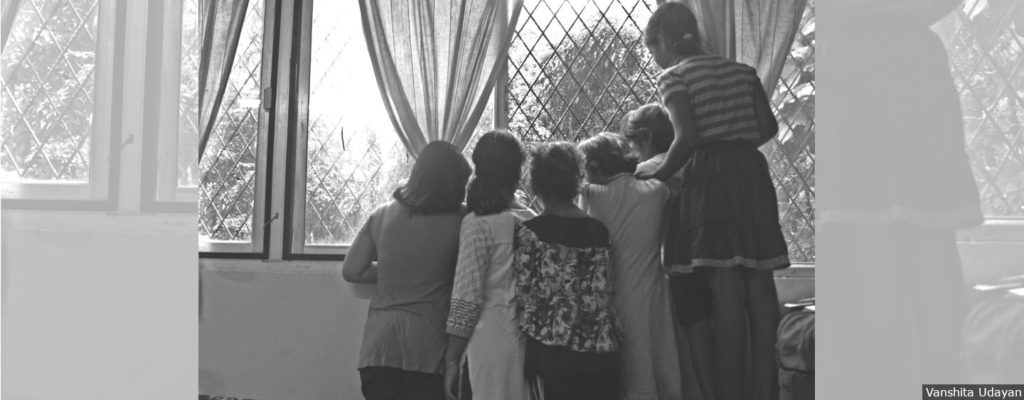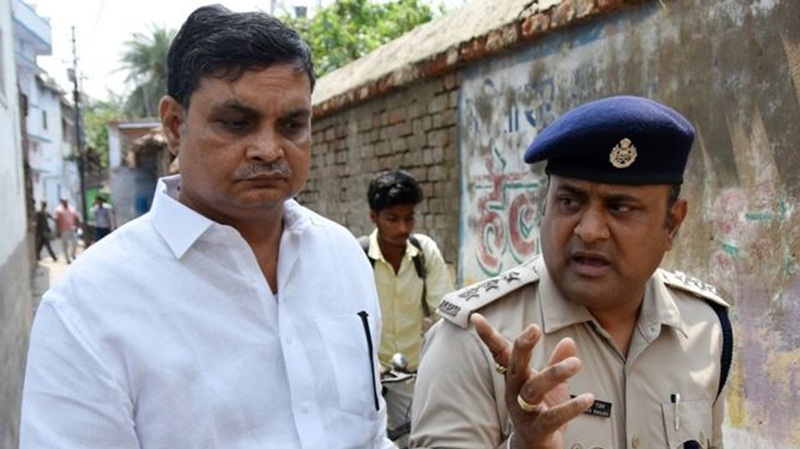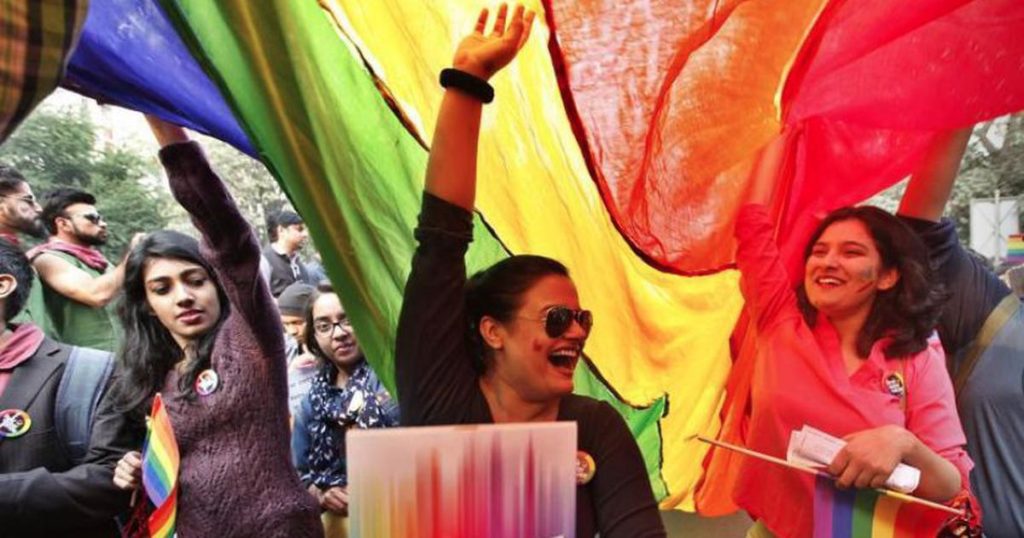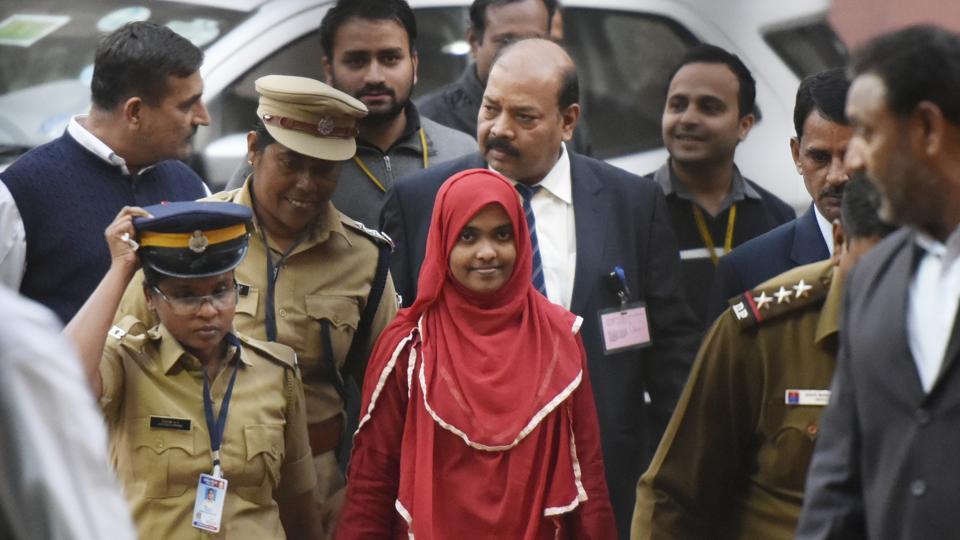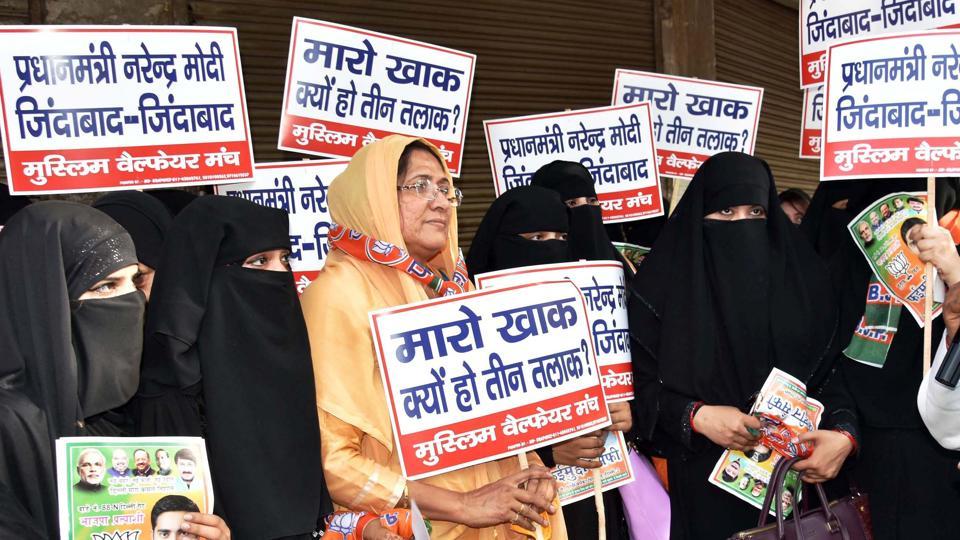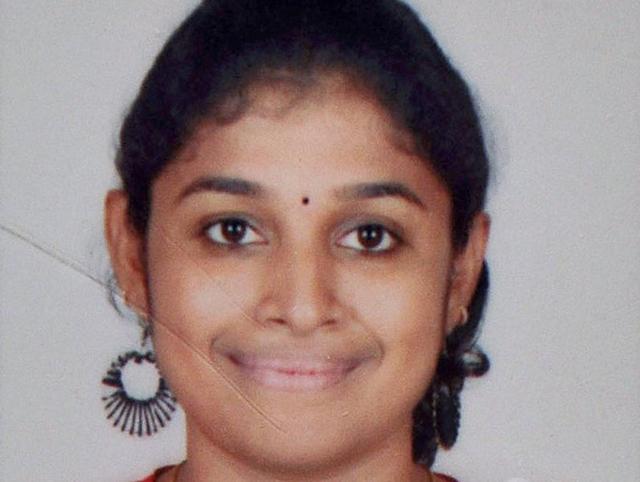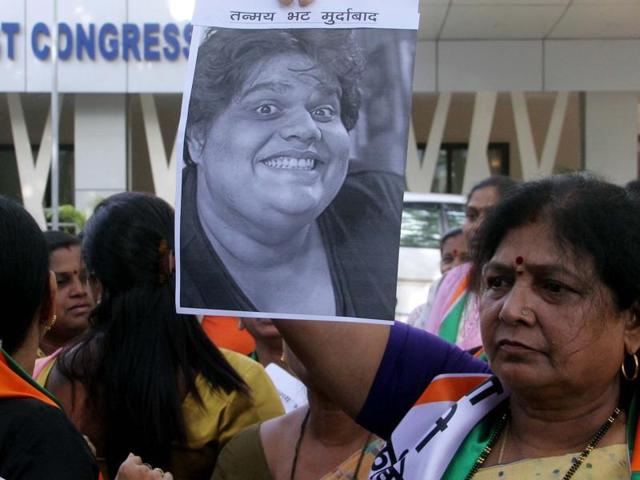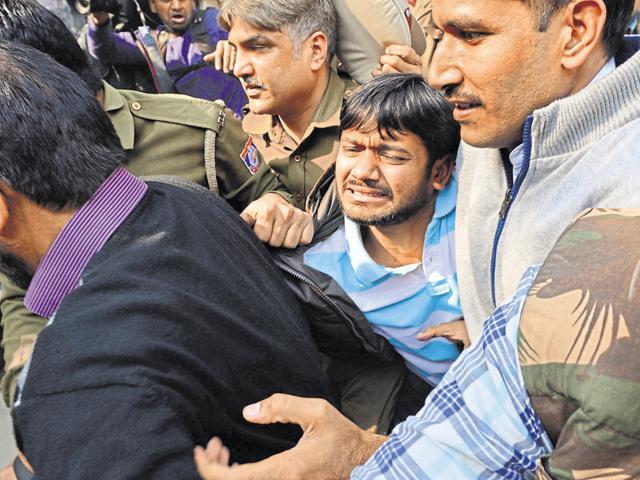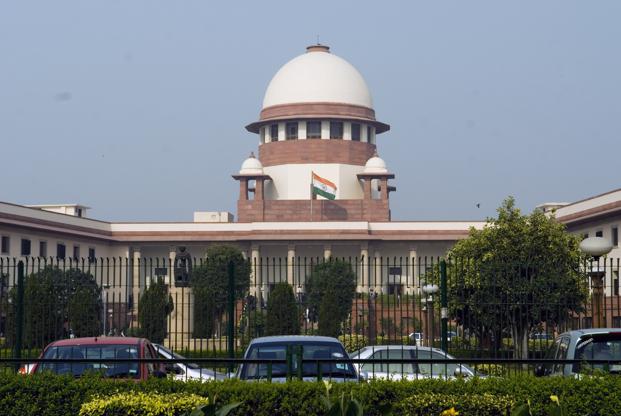The Unacceptably High Price Of Love
Couples who wish to marry under the Special Marriage Act must serve a 30-day notice during which their personal details are on public display. This violates their privacy and leaves many vulnerable to parental and community reprisal. In October last year soon after ‘S’ informed the district magistrate’s office in Lucknow that she wanted to […]
